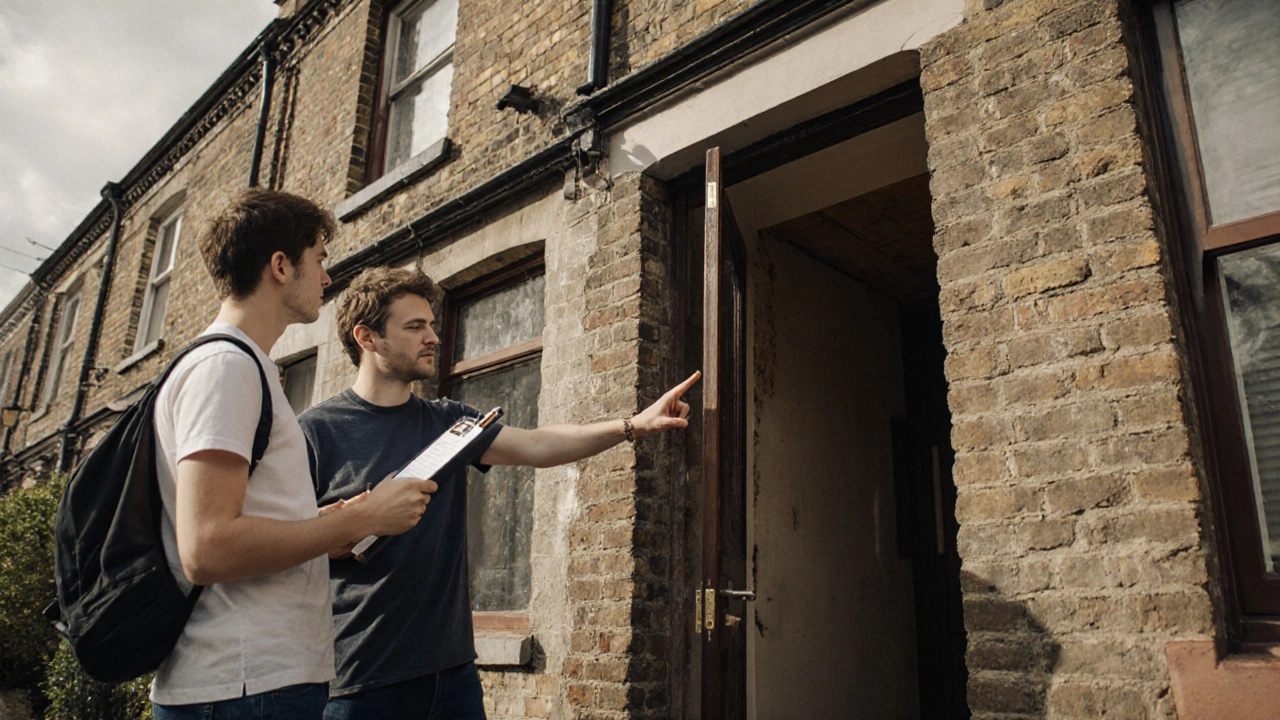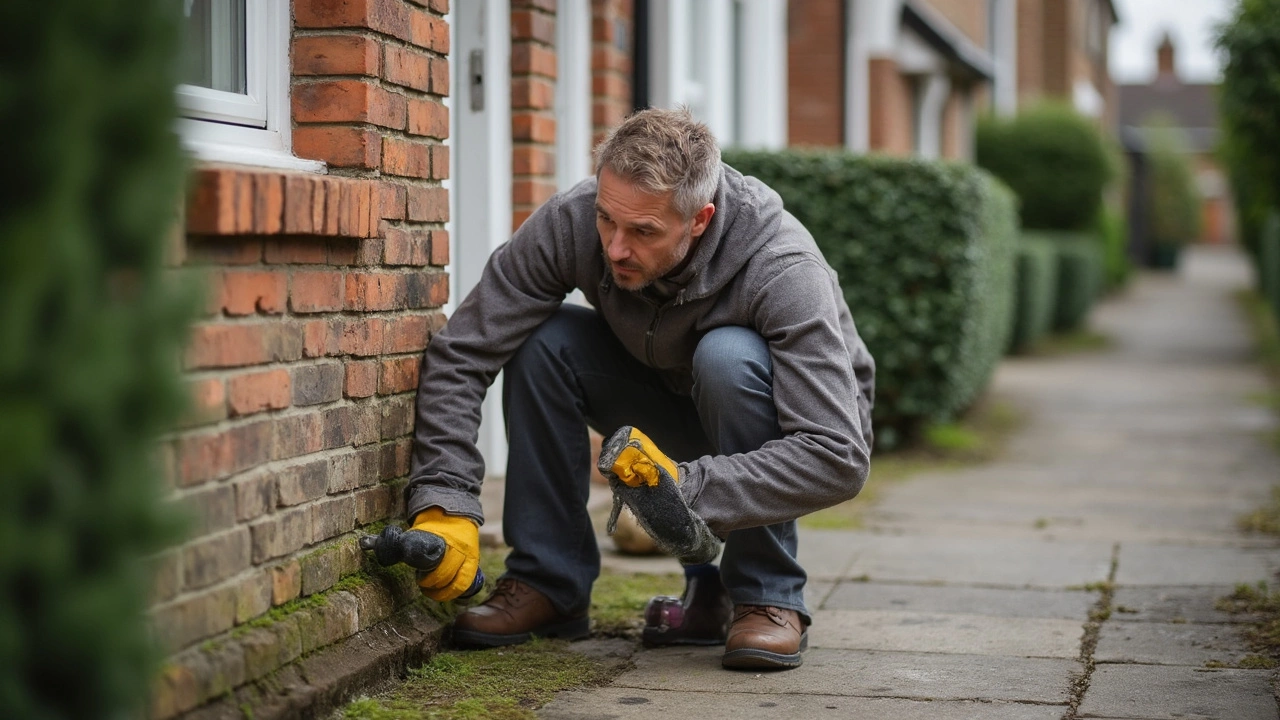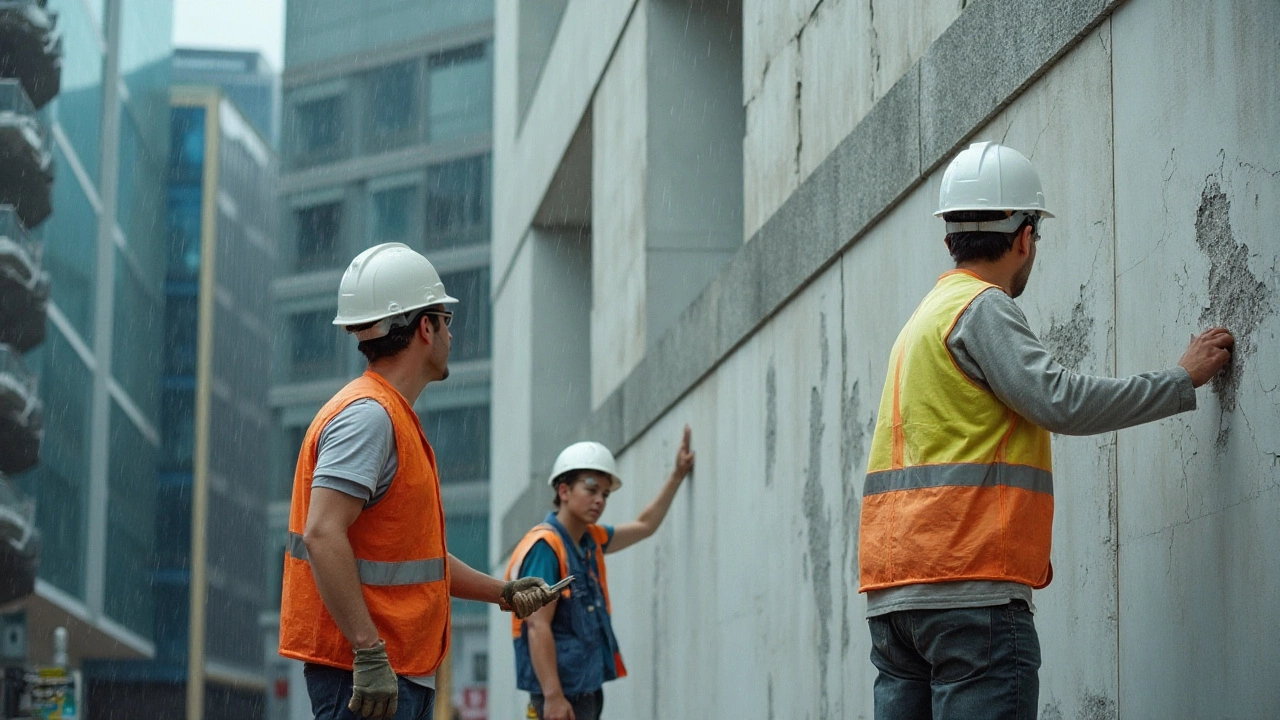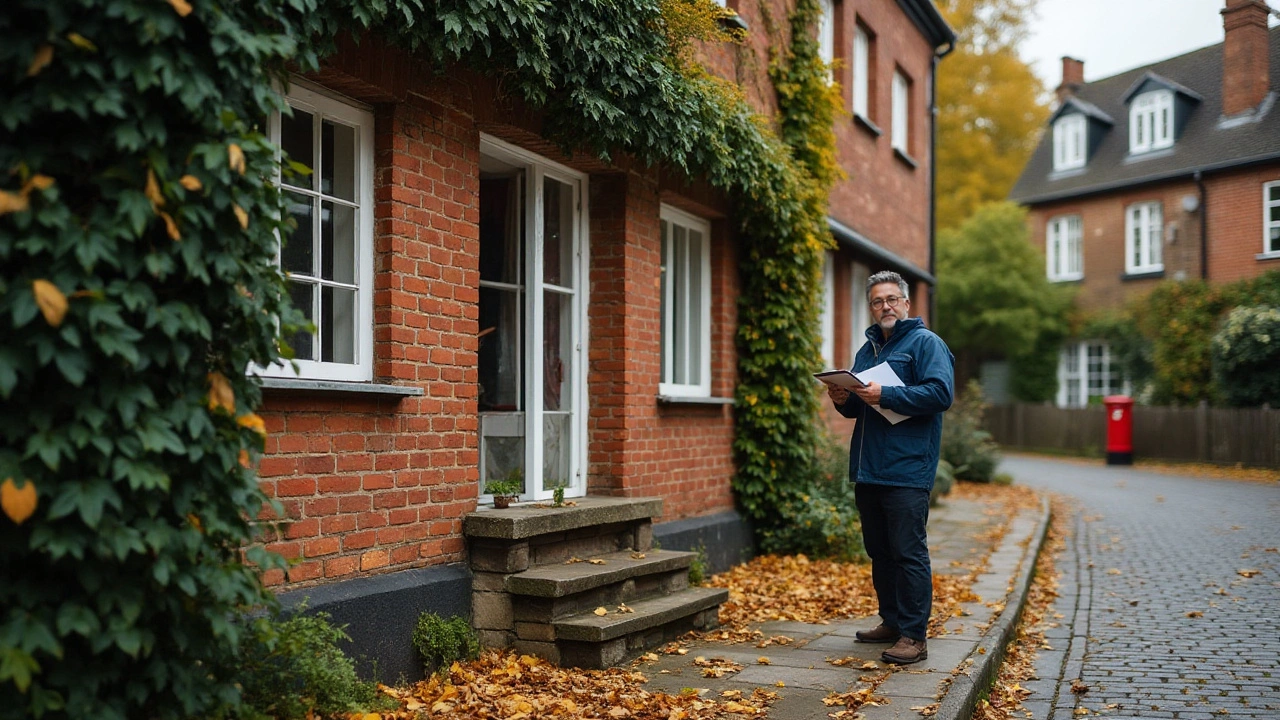Structural Issues: Identify, Fix & Prevent Home Problems
Ever notice a door that sticks or a crack that just won’t go away? Those little annoyances can be the first signs of a bigger structural issue. Understanding what to look for saves you money, time, and stress. Below you’ll find the most common clues and what you can do about them.
Common Signs of Structural Trouble
Floor sloping, walls that bulge, and uneven door frames are red flags. Cracks that appear in more than one spot, especially around windows or foundations, often point to shifting soil or water damage. If you see mold growing in hidden corners, it’s not just an aesthetic problem—it may indicate moisture getting into the structure.
Roof sagging or leaking after a heavy rain isn’t just about the roof; it can affect the entire load‑bearing system. Listen for squeaky floorboards that move when you walk—sounds like a loose joist. Even a slight bounce in the floor can mean a weakened support underneath.
Practical Fixes & Prevention
Start with a simple inspection. Grab a flashlight, feel for soft spots in the floor, and use a level to check plumb walls. Document any cracks with photos so you can track growth over time. If you spot water staining, locate the source—leaking pipes, poor drainage, or high humidity—and fix it right away.
When foundation cracks appear, seal small ones with epoxy filler. Larger gaps often need a professional to inject polyurethane or install steel piers. Underpinning is a more involved fix but can restore stability for homes on shifting soil.
For roof issues, replace damaged shingles and ensure proper ventilation to keep moisture out. Installing a drip edge and cleaning gutters regularly prevents water from pooling near the walls—one of the biggest culprits behind structural decay.
Preventive steps are cheap and effective. Keep the ground around your house sloped away from the foundation, add a French drain if needed, and make sure downspouts direct water at least three feet from the walls. Regularly check basements for dampness and use a dehumidifier in humid seasons.
Finally, don’t ignore professional advice. A qualified surveyor can spot hidden problems like subsidence before they become expensive repairs. Early intervention often means a simple repair rather than a full rebuild.
Structural issues can feel overwhelming, but with the right knowledge you can catch them early and take action. Use the tips above to stay ahead of costly damage and keep your home safe and sound.
Buying a Home with Foundation Issues: Risks, Costs & How to Decide
- Gavin Whitaker
- |
- |
- 0
Learn how to evaluate, negotiate, and finance a house with foundation problems, with clear steps, cost ranges, and a handy decision checklist.
View moreCan I Repair Foundation Myself? What You Really Need to Know
- Gavin Whitaker
- |
- |
- 0
Thinking about tackling foundation repair by yourself? This article breaks down which problems you can handle on your own, what’s best left to the pros, and what risks to watch for along the way. We’ll look at must-know facts, common repair methods, and handy tips for spotting early warning signs. If you’re on the fence between saving money and making it worse, this will help you decide. Whether you’re handy or just curious, you’ll find the info practical and easy to use.
View moreWhen to Walk Away From Foundation Problems
- Gavin Whitaker
- |
- |
- 0
Foundation issues can spell trouble for any property. Deciding when to tackle these problems or when to walk away can save you time and money. This guide explores signs that indicate serious damage, the hidden costs involved, and whether solutions might be worth the investment. Consider these tips whether you're buying a new home or maintaining an existing one.
View moreUnveiling Common Building Defects in New Constructions
- Gavin Whitaker
- |
- |
- 0
New constructions, though appealing, often hide a variety of defects that can affect their value and longevity. These often include structural weaknesses, moisture problems, and poor workmanship, commonly appearing due to rushed deadlines or improper materials. Identifying these issues early on can save significant costs and headaches down the line. Homebuyers and developers should remain vigilant to ensure that properties meet quality standards.
View moreCommon Foundation Issues in Older Homes and How to Address Them
- Gavin Whitaker
- |
- |
- 0
Older homes often come with a unique charm, but they may also exhibit signs of foundation problems due to their age and the materials used during construction. Shifts in the earth, water damage, and outdated building techniques can contribute to these concerns. Before remedial actions can be taken, it's crucial to understand the common symptoms of foundation issues. This article explores the common problems found in older homes and provides tips on how homeowners can address and prevent these structural woes.
View more



